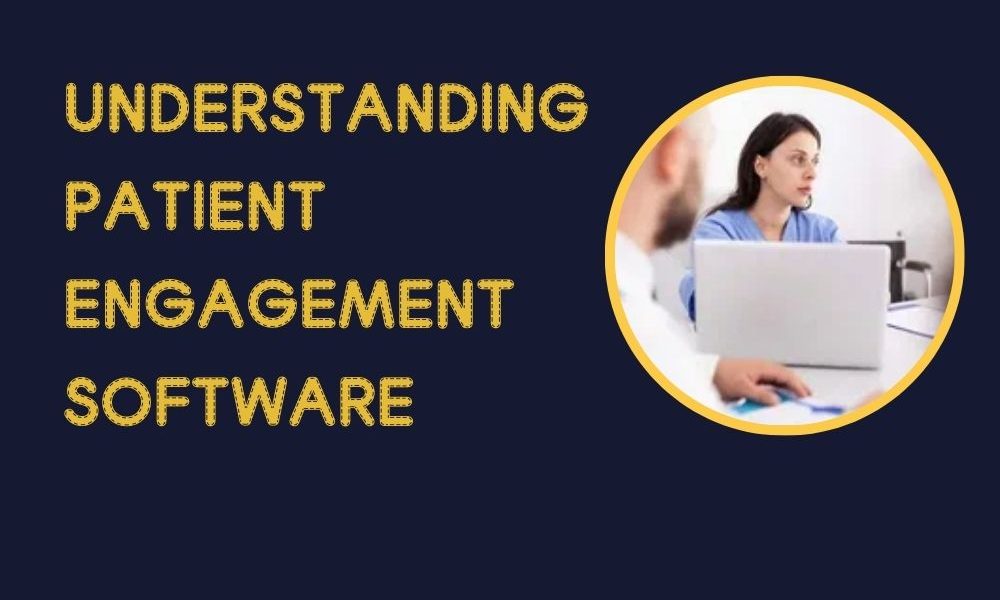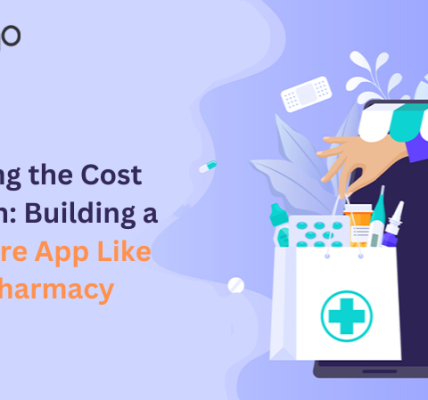Patient engagement software is a crucial tool in modern healthcare. It helps healthcare providers connect with patients, ensuring they stay informed and involved in their own care. This blog will explore what patient engagement software is, how it benefits patients and healthcare providers, and the features you should look for when choosing the right software.
What is Patient Engagement Software?
Patient engagement software is a digital platform designed to enhance the interaction between healthcare providers and patients. It includes a variety of tools and features that make it easier for patients to access information, communicate with their healthcare team, and manage their health.
Key Features of Patient Engagement Software
- Patient Portals: Secure websites where patients can access their medical records, lab results, and other important information.
- Appointment Scheduling: Allows patients to book, reschedule, or cancel appointments online.
- Messaging Systems: Enable direct communication between patients and healthcare providers.
- Educational Resources: Provide information on various health conditions and treatments.
- Reminders and Notifications: Send alerts for upcoming appointments, medication refills, and important health checks.
Benefits for Patients
Improved Access to Information
Patient engagement software provides patients with easy access to their medical records and other important health information. This means they can review their lab results, understand their treatment plans, and stay informed about their health status without having to visit the clinic.
Enhanced Communication
The software allows patients to communicate directly with their healthcare providers through secure messaging systems. This makes it easier for them to ask questions, get clarifications, and discuss any concerns they might have. Improved communication leads to better understanding and management of health conditions.
Convenience and Flexibility
With features like online appointment scheduling, patients can book and manage their appointments at their convenience. This reduces the need for phone calls and makes it easier to fit healthcare into their busy lives. Reminders and notifications ensure they don’t miss appointments or forget important health tasks.
Empowerment and Engagement
Educational resources available through the software help patients learn more about their conditions and treatments. This empowers them to take an active role in their healthcare, leading to better health outcomes. When patients are engaged and informed, they are more likely to follow their treatment plans and make healthier choices.
Benefits for Healthcare Providers
Streamlined Operations
Patient engagement software helps healthcare providers streamline their operations. By automating appointment scheduling and sending reminders, the software reduces the administrative burden on staff. This allows healthcare providers to focus more on patient care.
Better Patient Outcomes
When patients are engaged and informed, they are more likely to follow their treatment plans. This leads to better health outcomes and higher patient satisfaction. Healthcare providers can track patient progress and intervene when necessary, ensuring timely and effective care.
Improved Patient Satisfaction
Patients appreciate the convenience and accessibility that patient engagement software provides. When patients have easy access to their health information and can communicate effectively with their healthcare team, they are more satisfied with their care. High patient satisfaction is crucial for building trust and loyalty.
Data and Analytics
Patient engagement software collects valuable data on patient interactions and behaviors. Healthcare providers can use this data to identify trends, monitor patient progress, and improve their services. Analytics can help in making informed decisions and implementing strategies that enhance patient care.
Choosing the Right Patient Engagement Software
Identify Your Needs
Before selecting patient engagement software, it’s important to identify the specific needs of your healthcare practice. Consider the size of your practice, the types of patients you serve, and the features that will be most beneficial for your team and patients.
Evaluate Features
Look for software that offers a comprehensive set of features. Essential features include patient portals, appointment scheduling, secure messaging, educational resources, and reminders. Additionally, consider any special features that might be important for your practice, such as telehealth capabilities or integration with existing systems.
User-Friendly Interface
Choose software that is easy to use for both patients and healthcare providers. A user-friendly interface ensures that patients can navigate the system without difficulty, and healthcare providers can efficiently manage patient interactions.
Security and Compliance
Patient engagement software must comply with healthcare regulations and standards, such as HIPAA in the United States. Ensure that the software you choose has robust security measures in place to protect patient data and maintain privacy.
Support and Training
Select a software provider that offers comprehensive support and training. This includes initial setup, ongoing technical support, and resources to help your team make the most of the software. Good support ensures a smooth implementation and effective use of the software.
Cost Considerations
While cost is an important factor, it should not be the only consideration. Evaluate the value that the software provides in terms of features, benefits, and long-term savings. Investing in high-quality software can lead to better patient outcomes and operational efficiencies.
Conclusion
Patient engagement software is a valuable tool that enhances the interaction between healthcare providers and patients. It improves access to information, enhances communication, and empowers patients to take an active role in their healthcare. For healthcare providers, it streamlines operations, improves patient outcomes, and boosts patient satisfaction. When choosing patient engagement software, it’s important to identify your needs, evaluate features, and ensure the software is user-friendly, secure, and well-supported. By making an informed decision, you can enhance the care you provide and improve the overall healthcare experience for your patients.
NOTE : For more insightful articles related to this topic, feel free to visit allforbloggers




